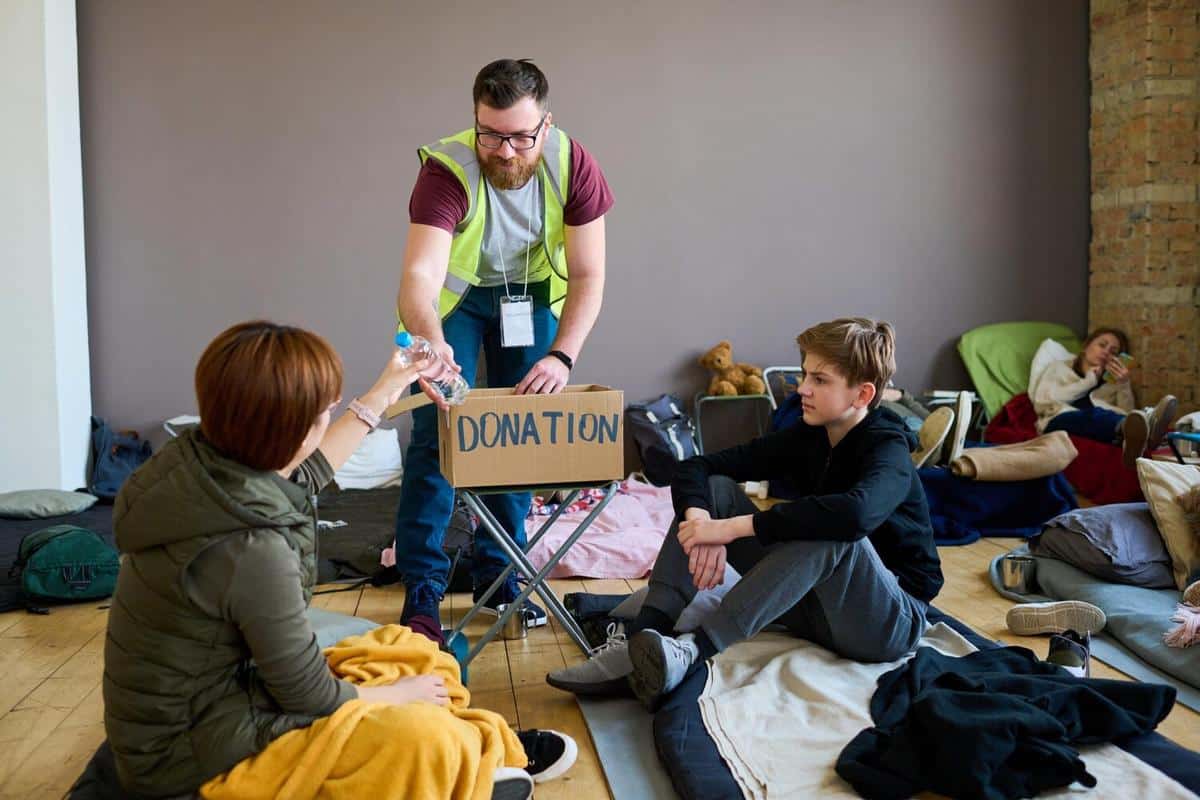
The Power of Crowdsourcing in Humanitarian Efforts
Crowdsourcing has emerged as a powerful tool in the realm of humanitarian efforts, leveraging the collective skills and knowledge of people across the globe to tackle challenges and bring about positive change.
In recent years, the power of crowdsourcing has gained significant attention in humanitarian efforts, providing an innovative approach to solving complex issues. By tapping into the collective intelligence of diverse individuals, organizations can harness a vast pool of resources, ideas, and solutions. This article delves into the transformative potential of crowdsourcing in humanitarian contexts, supported by expert insights, compelling statistics, and practical advice.
Understanding Crowdsourcing in Humanitarian Efforts
Crowdsourcing involves engaging a large group of people to contribute knowledge, skills, or funds to achieve a specific goal. In humanitarian efforts, this approach can take many forms, from gathering critical data during disasters to funding grassroots projects. According to UNHCR, crowdsourcing can significantly enhance response times and improve the effectiveness of aid delivery.
Expert Opinions
Dr. Emily Peterson, a renowned expert in digital humanitarianism, states, “Crowdsourcing allows us to leverage the power of the many, turning individual contributions into powerful collective action.”
Statistics Highlighting the Impact
Research by the World Bank indicates that crowdsourced efforts can reduce response times by as much as 50% during humanitarian crises, significantly impacting the speed and efficiency of aid distribution.
Real-World Examples
Consider the example of the devastating earthquake in Nepal in 2015. Humanitarian organizations used crowdsourcing to map affected areas, resulting in faster aid delivery. Volunteers from around the world contributed to creating detailed maps in real-time, showcasing the incredible potential of this approach.
Actionable Tips for Successful Crowdsourcing
- Clearly define the mission and goals to attract relevant participants.
- Utilize platforms that facilitate collaboration and communication among contributors.
- Engage with participants regularly to maintain momentum and motivation.
Comparison Table: Traditional vs. Crowdsourced Humanitarian Efforts
| Aspect | Traditional Approach | Crowdsourced Approach |
|---|---|---|
| Speed | Slower response times | Rapid data collection and analysis |
| Cost | Higher operational costs | Reduced through volunteer participation |
| Scalability | Limited by resources | Highly scalable with global reach |
| Innovation | Constrained by bureaucracy | Encourages creative solutions |
| Engagement | Top-down approach | Inclusive and participatory |
| Resource Utilization | Fixed resources | Dynamic and flexible |
| Reach | Localized impact | Global involvement |
| Feedback Loop | Delayed and limited | Real-time feedback |
Pro Tip: To maximize the impact of crowdsourcing, focus on building a strong community of engaged contributors by recognizing their efforts and providing regular updates on the project’s progress.
FAQs About Crowdsourcing in Humanitarian Efforts
How can I start a crowdsourcing initiative?
Begin by defining clear objectives and choosing the right platform that aligns with your goals. Engage potential contributors through social media and other digital channels.
What challenges might I face with crowdsourcing?
Common challenges include maintaining participant motivation, ensuring data accuracy, and managing large volumes of input effectively.
In conclusion, crowdsourcing continues to revolutionize humanitarian efforts by providing innovative solutions and accelerating aid delivery. As more organizations recognize its potential, the collaborative efforts of individuals worldwide will play an increasingly vital role in addressing global challenges. Embracing this approach can lead to more resilient, inclusive, and effective humanitarian responses.


